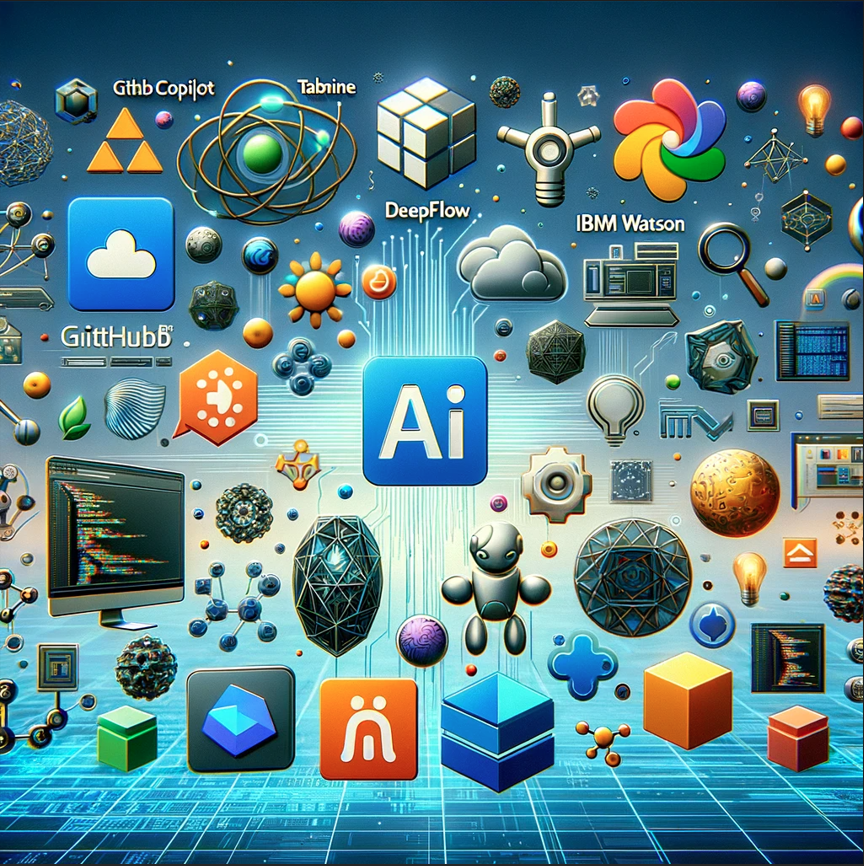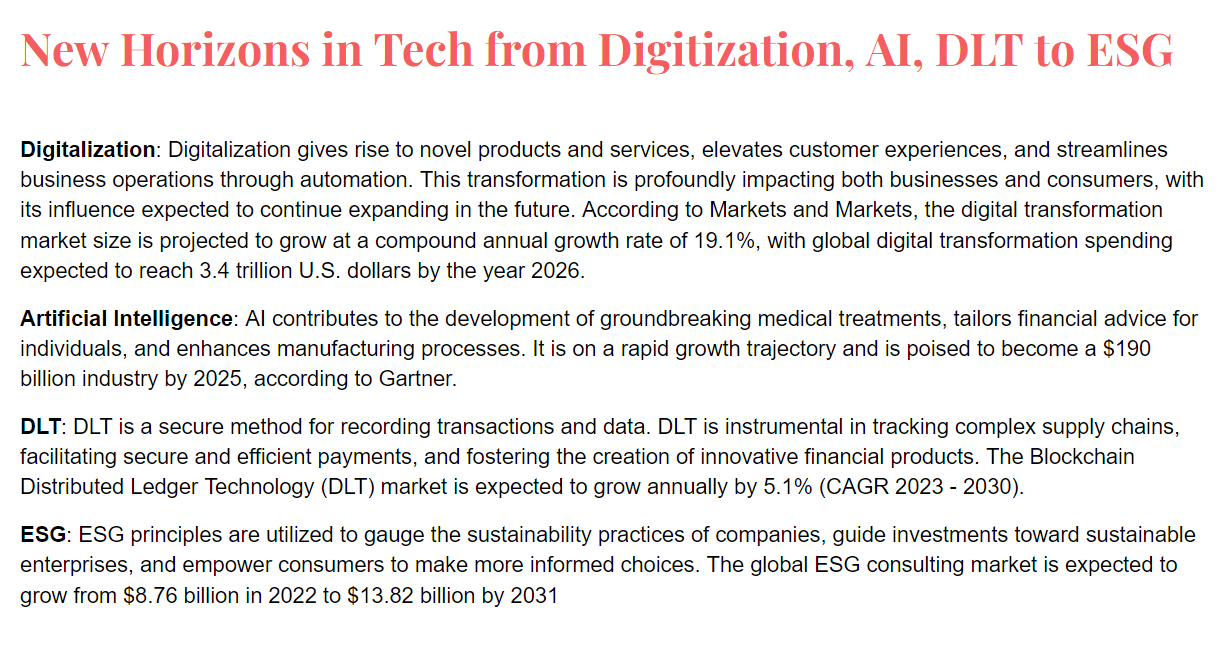In a recent post, we explored an innovative software development methodology that synergizes Product Discovery, Generative AI (GenAI), and Test-Driven Development (TDD). This approach not only promises efficiency and creativity but also aligns perfectly with the demands of the current digital landscape. A key component of this methodology is the use of Generative AI, which has the potential to revolutionize how we approach coding, architectural solutions, and design elements. Let’s delve into some of the most impactful GenAI tools currently available that are reshaping the software development process.

AI-Powered Coding Tools
- GitHub Copilot: Developed by GitHub and OpenAI, Copilot leverages a powerful AI model to suggest entire lines or blocks of code as you type. It’s like having a pair of expert hands guiding you through the coding process, helping you to write faster and more efficiently.
- Tabnine: An AI-powered code completion tool, Tabnine learns from your code and offers intelligent suggestions to speed up the coding process. It supports multiple programming languages and integrates seamlessly with various code editors.
- DeepCode: This tool uses AI to analyze your code for bugs and potential improvements. It understands the context of your code and can provide smart suggestions to enhance code quality and reliability.
- Kite: Similar to Tabnine, Kite is an AI-powered coding assistant that offers code completions in real-time. It integrates with popular IDEs and supports several programming languages.
AI in Architectural Solutions
- TensorFlow by Google: A powerful tool for machine learning and neural network-based solutions, TensorFlow can be used to develop sophisticated algorithms that are essential in complex software architectures.
- IBM Watson: Known for its cognitive capabilities, IBM Watson can analyze unstructured data and provide insights that are crucial for making architectural decisions in software development.
- Azure AI Platform: Microsoft’s Azure AI offers a suite of AI services and cognitive APIs that can help in building scalable and efficient software architectures.
AI for Design Elements
- Adobe Sensei: Adobe’s AI and machine learning platform, Sensei, can automate mundane design tasks, analyze images, and help in creating more personalized and effective design elements.
- Canva’s Magic Resize: Powered by AI, this tool in Canva allows for easy resizing of designs to fit various formats, making the design process more efficient and adaptable.
- Figma’s Auto Layout: Figma uses AI to adjust the spacing and alignment in design layouts automatically. This feature speeds up the design process and ensures consistency across various elements.
- DesignScape: This tool uses AI to assist in the field of graphic design. It understands the layout of design elements on a canvas and suggests improvements, making it useful for web and graphic designers.
- Runway ML: Aimed at designers and artists, Runway ML offers tools to use machine learning models for various creative projects, including design elements.
- ArchiStar: Focusing on architectural design, ArchiStar uses AI to analyze building designs and provides insights on various aspects like zoning, feasibility, and compliance.
Conclusion
The integration of these GenAI tools in the software development process is a game-changer. From automating coding tasks with GitHub Copilot to enhancing architectural solutions with TensorFlow, and streamlining design with Adobe Sensei, the potential of AI in software development is immense. By leveraging these tools, developers can not only improve efficiency but also innovate in ways previously unimaginable.
In the future, we can expect to see even more advanced GenAI tools emerge, further transforming the software development landscape. The key to success in this rapidly evolving field will be to stay informed and adaptable, embracing new technologies as they come.
As we continue to explore and integrate these GenAI tools in our development processes, it’s clear that the future of software development is not just about writing code – it’s about creating smarter, more intuitive, and more user-centric solutions. The possibilities are limitless, and the journey has just begun.



